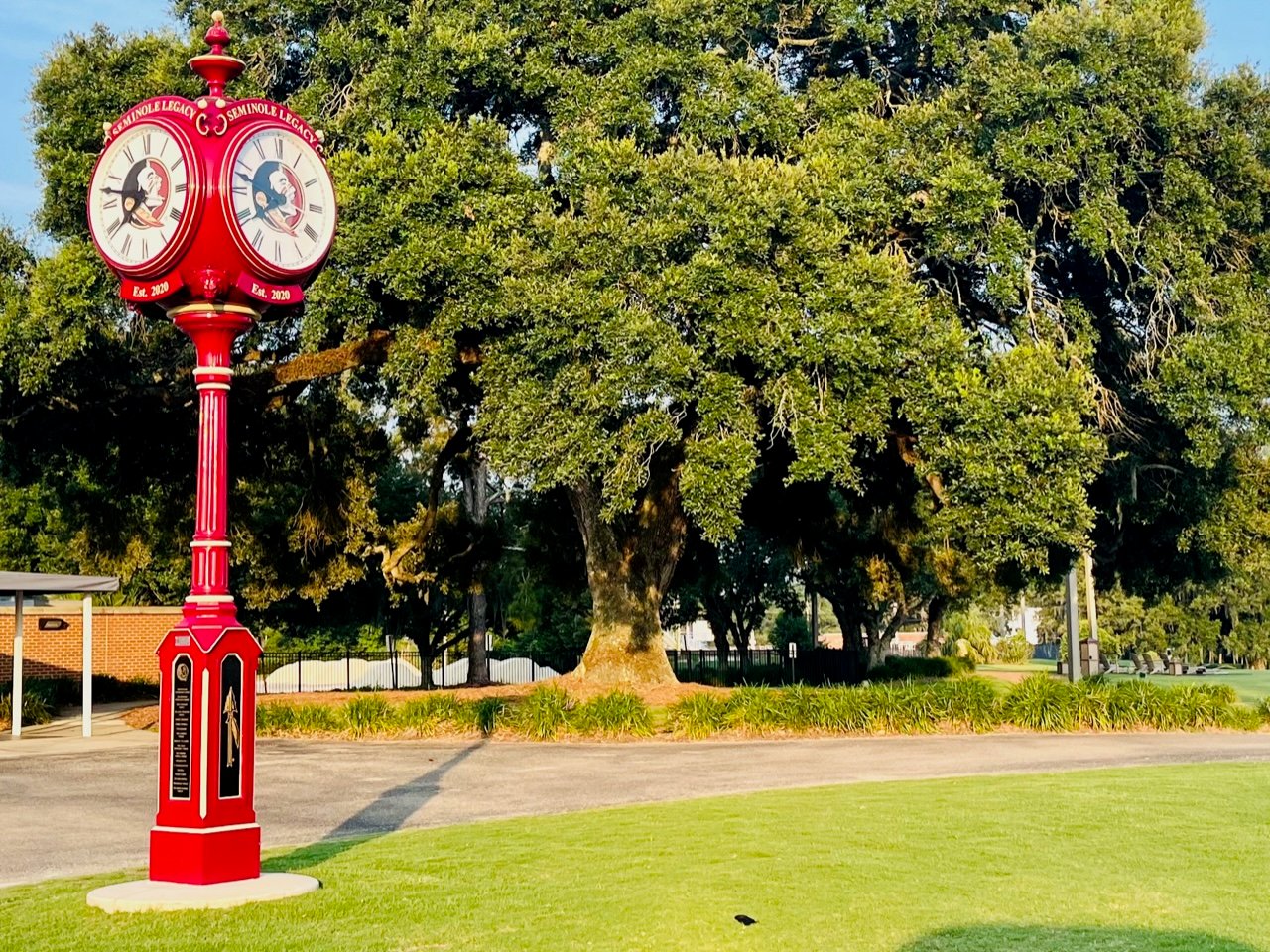Every sport has strategy. Some demand simple plans like putting the ball where you opponent can’t reach it, as with tennis. Others demand complex battle plans like the NFL. None requires the multiple tactics and changing course condition that golf demands.
Every hole offers a fresh challenge. Subtle changes in the weather affect how far the ball with fly or roll, frequently several times in one round and, occasionally, on a single hole. And then there is the errant shot or bad bounce with which to contend.
Should you chip it out of the woods or go for the gap in the trees and risk dropping goodness knows how many shots?
A fine example of a risk/reward hole is the 13th at Augusta National. Treat it as a three-shotter and it’s a moderately short and relatively easy par five. Yet the prospect of getting home in two for an easy birdie or possible eagle lures many of the world’s finest players to surrender their ball to the devilish clutches of Rae’s Creek, which guards the front of the green.
Are you more confident with a particular club? Are you able to adjust the distance you hit from the tee so as to increase the chances that this is the club you will have in your hands for your second?
The champion who went to the greatest lengths to plan his campaign in advance was Ben Hogan. But he had a different way of preparing himself. Hogan studied each hole he would play backwards, from green to tee. Standing on the 18th green, he would look back up the fairway and determine the best position from which to attack the green. From the spot he selected, he would again look back to the tee and determine whether a driver, three-wood or long iron might be the best club to reach that precise spot. On a downhill par five, he might play a one-iron off the tee to keep the ball on level ground so as to avoid a more difficult shot from an awkward downhill lie, albeit closer to the green. When hitting his approach, he was always conscious of where on the green would be the best place to putt. Just like a championship pool or billiards player, every shot was hit with the next one in mind. It was said of Hogan that his biggest problem was having to play out of the divots he had made the day before!
Prior to a tournament, Hogan would spend a great deal of time putting in extra practice with certain selected clubs. These would be the clubs he expected to use most frequently in that particular competition on that specific golf course. At one event, a fellow competitor observed that Hogan had played the first two rounds of the tournament without a seven-iron in his bag. On the third day, seeing that Hogan was once again without a seven-iron, he couldn’t resist asking him why he had left such an important club out of the bag. Hogan replied unsmilingly that he was not carrying a seven-iron because there was no shot on that particular course that required it.
In match play, you must also consider what your opponent has done. If, for example, he has gone out of bounds, all you need concentrate on is staying in play in order to win the hole. If, however, he’s bombed it out of sight, you might feel obliged to thump one as well.
Every round, every nine, every hole, indeed, every shot offers the player a myriad of strategic options. Many draw parallels to the challenges we all face in business or daily life. Every choice has consequences. Will you play safe or be bold?
Every goal in life can be reached in more than one way. For each action he takes, the golfer must weigh the reward against the risk. Life presents similar options. We may choose a safe and steady route to retirement or we may decide to be a little more aggressive without taking enormous risks. Or we can take the bull by the horns and ‘go for broke’ like Arnie or Tiger in their prime!



 0
0









